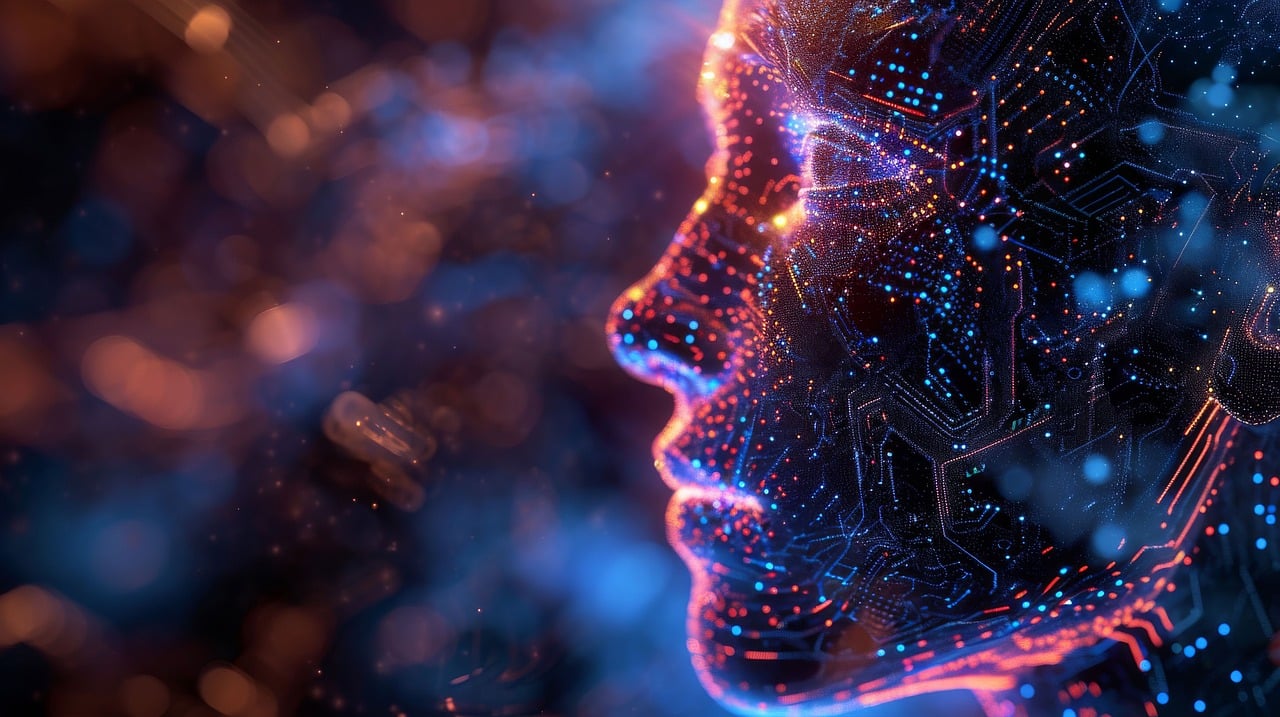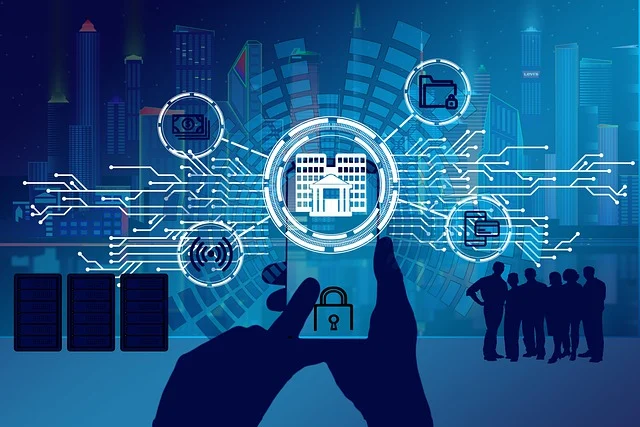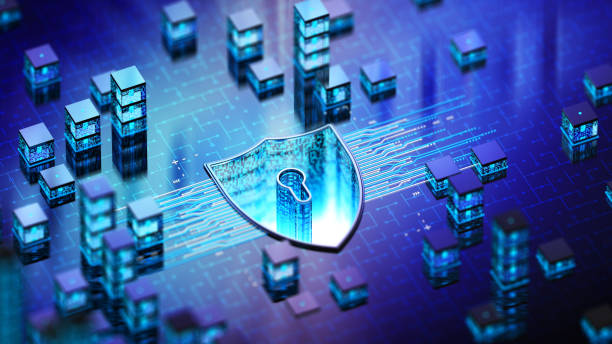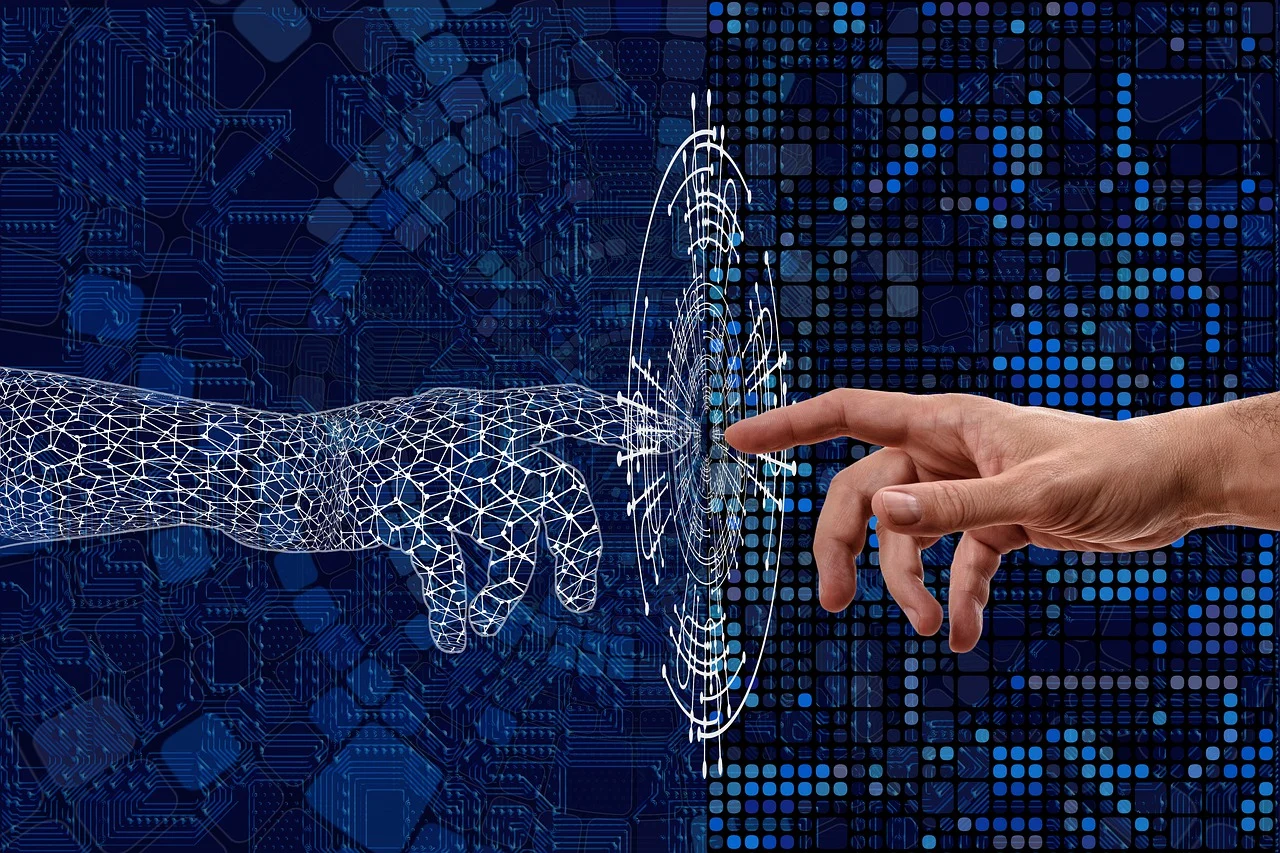Technology has become an integral part of daily life, transforming the way we communicate, work, shop, learn, and entertain ourselves. From the smartphones we carry in our pockets to the smart homes we live in, technology plays a significant role in shaping our daily experiences. While it has brought about many conveniences and advancements, it also comes with challenges that require careful consideration. In this article, we’ll explore how technology influences various aspects of modern life and its impact on our daily routines.
1. Communication and Connectivity
Technology has revolutionized the way we communicate. Gone are the days of relying solely on landlines or face-to-face interactions. Today, we have a variety of platforms at our fingertips that enable us to stay connected with family, friends, and colleagues, regardless of location.
- Instant Messaging and Social Media: Platforms like WhatsApp, Facebook, Instagram, and Twitter allow us to instantly connect with others across the globe. Whether it’s texting, sharing photos, or making video calls, technology has made it easier than ever to maintain relationships.
- Video Conferencing: Tools like Zoom, Microsoft Teams, and Google Meet have become indispensable for both personal and professional communication. Video conferencing allows for real-time face-to-face interactions without the need for travel, making it an essential tool for remote work, online learning, and virtual gatherings.
- Email and Collaboration Tools: For work or academic purposes, email and collaboration tools like Slack, Trello, and Google Drive facilitate easy sharing of documents, feedback, and updates. These tools help streamline communication and ensure that teams and individuals stay organized.
2. Work and Productivity
The impact of technology on work and productivity cannot be overstated. From office tools to remote work software, technology has redefined how we approach tasks and responsibilities in the workplace.
- Remote Work and Flexibility: With advancements in cloud computing and communication tools, remote work has become more accessible and efficient. Employees can now collaborate with colleagues, access files, and attend meetings from anywhere in the world, providing greater flexibility and work-life balance.
- Productivity Apps: Apps like Evernote, Asana, and Notion help individuals stay organized, set goals, and manage their time effectively. These tools can track tasks, schedule reminders, and help teams collaborate seamlessly, resulting in higher efficiency and performance.
- Automation and AI: Artificial intelligence (AI) and machine learning are increasingly being used to automate repetitive tasks, from managing emails to data entry, allowing workers to focus on more strategic and creative tasks. AI-powered tools like chatbots can also provide customer support, improving service efficiency.
3. Shopping and E-commerce
Technology has revolutionized the way we shop, offering unparalleled convenience and access to a vast range of products and services.
- Online Shopping: E-commerce platforms such as Amazon, eBay, and Etsy have made shopping easier than ever. With just a few clicks, we can order almost anything and have it delivered to our doorstep. Online shopping allows for price comparison, access to reviews, and the ability to shop from anywhere at any time.
- Mobile Payments: Mobile payment apps like Apple Pay, Google Wallet, and Venmo allow us to make transactions quickly and securely using our smartphones. These payment methods have made it easier to purchase goods and services, both online and in physical stores.
- Subscription Services: Technology has also given rise to subscription-based services like Netflix, Spotify, and meal kit deliveries, which provide entertainment, music, and food on-demand. These services have become a regular part of modern life, offering convenience and choice.
4. Learning and Education
Technology has significantly transformed the educational landscape, providing new opportunities for learning and personal growth.
- Online Courses and E-Learning: Platforms like Coursera, Udemy, and Khan Academy offer a wide range of online courses, making education accessible to people around the world. Whether it’s learning a new skill, taking a professional certification, or pursuing a degree, technology has made it easier to gain knowledge from anywhere.
- Virtual Classrooms: With tools like Google Classroom and Microsoft Teams, students can attend classes, submit assignments, and collaborate with peers in a virtual environment. This has become especially important in the wake of the COVID-19 pandemic, allowing education to continue even when physical classrooms are closed.
- Interactive Learning Tools: Technology also enhances the learning experience through interactive tools like educational apps, online quizzes, and virtual labs. These tools engage students and make learning more dynamic and fun.
5. Health and Wellness
Technology has played a transformative role in healthcare, improving patient care, accessibility, and overall health and wellness.
- Telemedicine: Telehealth platforms allow patients to consult with doctors remotely, reducing the need for in-person visits and making healthcare more accessible, especially in rural or underserved areas.
- Fitness Tracking: Wearable devices like Fitbit, Apple Watch, and Garmin track physical activity, heart rate, and sleep patterns. These devices help individuals stay motivated and make healthier choices by providing real-time data on their physical well-being.
- Mental Health Apps: Apps like Headspace and Calm offer meditation, mindfulness, and stress-relief exercises to help people manage anxiety, depression, and other mental health challenges. These tools provide immediate support and encourage users to focus on their mental well-being.
6. Entertainment and Leisure
Entertainment has become more personalized and accessible, thanks to advancements in technology. Whether it’s through streaming services, video games, or social media, technology provides countless ways to relax and unwind.
- Streaming Services: Platforms like Netflix, Hulu, and Disney+ allow users to stream movies, TV shows, and documentaries on-demand. These services offer a wide range of content, catering to all tastes and preferences, and have become an essential part of modern entertainment.
- Video Games: Gaming technology has evolved significantly, with consoles like PlayStation, Xbox, and PC gaming offering immersive experiences. Online multiplayer games, mobile games, and virtual reality (VR) have also become mainstream, providing endless hours of entertainment.
- Social Media: Platforms like Instagram, TikTok, and YouTube allow individuals to share content, engage with others, and consume entertainment. Social media has also given rise to influencer culture, providing entertainment, inspiration, and information to millions of users.
7. Smart Homes and IoT (Internet of Things)
Smart home technology has made it possible to automate and control various aspects of our living environments, adding convenience and efficiency to daily life.
- Smart Devices: Devices like Amazon Alexa, Google Home, and smart thermostats can be controlled through voice commands or apps. These devices can adjust lighting, control temperature, play music, and even order groceries, providing comfort and convenience at the touch of a button.
- Home Security: Smart cameras, doorbells, and security systems like Ring and Nest allow homeowners to monitor their properties remotely, enhancing safety and peace of mind.
- Energy Efficiency: IoT devices help optimize energy use in homes, reducing energy waste and lowering utility bills. Smart lighting systems and energy-efficient appliances contribute to sustainability efforts.
8. Challenges of Technology in Daily Life
While technology brings numerous benefits, it also presents challenges. Over-dependence on technology can lead to issues such as digital addiction, privacy concerns, and social isolation.
- Digital Addiction: Excessive screen time and reliance on digital devices can contribute to mental health issues such as anxiety, depression, and sleep disturbances.
- Privacy and Security: The collection of personal data by apps, websites, and devices raises concerns about data privacy and security. Cybersecurity threats, including hacking and identity theft, are becoming more common as our lives become increasingly digitized.
- Social Isolation: Although technology connects people virtually, it can sometimes lead to a lack of face-to-face interactions, contributing to feelings of loneliness and isolation.
Conclusion
Technology is deeply woven into the fabric of modern daily life, impacting everything from communication and work to shopping and entertainment. While it offers countless advantages, such as convenience, accessibility, and improved quality of life, it also presents challenges that require mindful use and consideration. As technology continues to evolve, it will undoubtedly play an even greater role in shaping how we live, work, and interact with the world around us.








